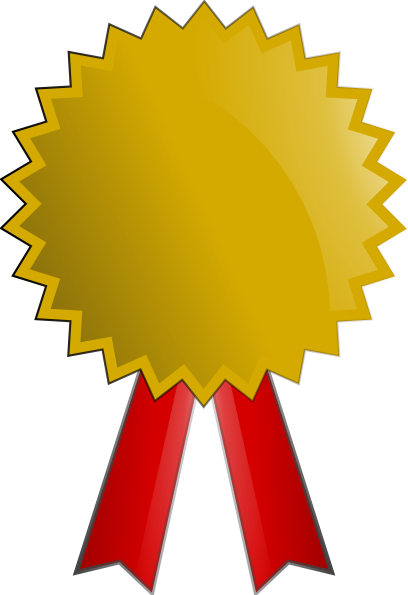Team:ETH Zurich
From 2013.igem.org
- Home
- Project
- Data page
- Experimental results
- Model
- Lab work
- Safety
- Human practice
- Team
- Achievements
- [http://2013.igem.org/wiki/index.php?title=Special:UserLogin&returnto=Team:ETH_Zurich Login]
- WIKI
- Log out
- My account
- [http://2013.igem.org/wiki/index.php?title=Team:ETH_Zurich&action=edit Edit page]
- [http://2013.igem.org/wiki/index.php?title=Team:ETH_Zurich&action=history History]
- [http://2013.igem.org/Special:Upload Upload new file]
Colisweeper
Colisweeper is an interactive, biological version of the Minesweeper computer game. The goal is to clear an agar “minefield” without detonating the mines. Genetically engineered Escherichia coli colonies are used as mines and non-mines. Mines secrete the signaling molecule OHHL whereas non-mines process the signal. To distinguish between OHHL-levels, a library of PLuxR promoters with various OHHL sensitivities was created through site-saturation mutagenesis. High-pass filters were constructed to control the expression of different orthogonal hydrolases in non-mines, depending on the number of surrounding mines.
The slideshow covers all our topics so feel free to CLICK ON ANY PICTURE in ANY SLIDESHOW to navigate to the according subjects.
Colisweeper video
Check out the animation of our bio-game Colisweeper!
The computer game Minesweeper
The computer game consists of a square lattice grid with hidden squares that can be mines or non-mines. The goal of the game is to clear the field without detonating the mines. The identity of a square is revealed by left clicking on it: the digit revealed represent the number of adjacent mines. The player uses this information to decide which square can be a potential mine and flags it. A square can be flagged by a right click. The game is won when all the mines and only the mines are flagged. If a mine is encountered, it is detonated along with all other mines and the game is over.
Gameplay
To play Colisweeper, the player has to pipette a colorless substrate onto a colony on the agar minefield. Each move requires the player to choose between two substrates . Adding the Playing substrate mix reveals the identity of the colony, showing if it is a mine or a safe colony and, in the latter case, the number of surrounding mines. The Flagging substrate is used to mark colonies suspected to be mines. Addition of either substrate produces a defined colored product within minutes, allowing a quick identification of the “played” colony.
Information Processing
Sender cells (mines) express LuxR protein, which catalyzes the production of a small molecule, called OHHL. This molecule diffuses through the agar plate and reaches the receiver cells called non-mine colonies. These colonies are designed to distinguish between different concentrations of the signaling molecule OHHL and translate this analog information into the expression of different sets of reporters. The continuous signal is digitized through a set of mutated LuxR promoters with different OHHL sensitivities acting as highpass filters.
Hydrolase Reactions
As a reporter system we use a set of orthogonal hydrolases: alkaline phosphatase (phoA), β-galactosidase (lacZ), acetylesterase (aes), β-N-Acetylglucosaminidase (nagZ) and β-glucuronidase (gusA). Each hydrolase can react with its respective substrate within minutes resulting in a fast, colorful output. Quick response times and the ability to read the output without using instruments are essentials for a fast gameplay.
From Minesweeper to Colisweeper
Mines secrete the signaling molecule OHHL whereas non-mines process the signal after diffusion of OHHL through the agar. High-pass filters were constructed to control the expression of different orthogonal hydrolases in non-mines. These were tuned to express hydrolases depending on the concentration of the OHHL molecules from the surrounding mines. The colors yellow, salmon and magenta corresponds to zero, one and two mines around a colony. Additionally, the mines express their own hydrolase which when added with the multi-substrate gives blue color. The constant expression of lacZ enables the flagging of both mines and non mine colonies turning the colonies green.
The Model
As our bio-game is based on processing the OHHL concentration in the non-mine colonies, the diffusion of OHHL in the agar is vital to the system. The diffusion was modeled by carrying out simulations to determine the time and distance of diffusion. In addition to OHHL diffusion, we modeled synthesis, regulation and degradation reactions of the proteins involved in our genetic circuits. To account for both processes: diffusion and reactions; we developed a spatio-temporal model in two dimensions comprised by three modules: mines, receivers, and the agar plate. Finite element methods were used to solve the system of partial differential equations (PDEs).
Theory and Biology
Our model turned out to be very valuable in the circuit refinement and the design of experiments. Moreover, we continually improve out model by incorporating parameters from our own experimental data.
Experimental Results
Human practice
Inspired by our Colisweeper project, we analyzed the relationship between synthetic biology and games. For one thing synthetic biology can be used to play common games in a new way, possibly for educational purposes or as a basis for proof-of-principle experiments for new circuits. More recently synthetic biologists also started to use games as a research tool, an innovative approach to make use of crowd-sourcing and distributed computing. We want to find correlations and discuss possible consequences for Synthetic Biology.
Team
We are a team of seven highly motivated Bachelor- and Master Students at ETH Zürich pursuing various fields such as Biotechnology, Biomedical Engineering, Neurobiology and Bioinformatics. The iGEM project is carried out at one of the youngest departments of ETHZ located in Basel-Department of Biosystems Science and Engineering - flourishing in interdisciplinary biological research. If you're around Basel, make sure to visit our team's lab to play the bio-game Colisweeper!
Retrieved from "http://2013.igem.org/Team:ETH_Zurich"
 "
"


















